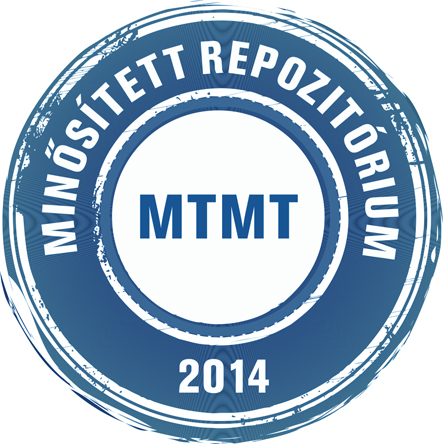Takács István: Keleti Partnerség kereskedelmi célkitűzéseinek 10 éves egyenlege a V4-ek szemszögéből. In: Geopolitikai szemle, (2) 1. pp. 27-46. (2020)
|
Cikk, tanulmány, mű
geopolitika_2020_001_027-046.pdf Letöltés (345kB) |
Absztrakt (kivonat)
The Eastern Partnership (EaP) initiative was launched on 7 May 2009, at the Prague summit of EU Member States. The setting up of an initiative that facilitates closer co-operation with the Eastern European region has been an important objective of the V4 countries since they acceded to the European Union (EU). Therefore, after more than 10 years of its creation, it is worth examining the results of the EaP from the V4 perspective. This study provides an overview of the trade policy achievements of the EaP both from an institutional point of view and more importantly by assessing the evolution of trade flows between the V4 countries and EaP partners. On the institutional side, the picture is mixed. While the EU managed to conclude Deep and Comprehensive Free Trade Agreements (DCFTAs) with Ukraine, Moldova and Georgia, the cooperation agreements negotiated with Armenia and Azerbaijan are much less ambitious mainly due to geopolitical and political reasons, and no new agreement could be negotiated with Belarus. These mixed results can be attributed in part to the Russian pressure on these countries, but the fact that the EU could not offer them the future perspectives of EU Membership also played an important part. In terms of trade in goods flows, the EaP can be seen as a success for V4 countries. The V4 import from EaP partners more than doubled and exports almost doubled over the last 10 years. Among V4 countries Poland dominates the trade flows with EaP partners but in terms of growth, it is Hungary whose trade grew most dynamically with the EaP region. For V4 countries, Ukraine is the most important trading partner among the EaP countries, while Armenia is the least relevant. Between 2009 and 2018, most of the EaP countries could diversify their exports to the V4 countries and the export composition has shifted towards processed goods and products with higher added value. The exports from V4 countries were already diversified and contained higher added value products, but this trend has intensified further. The main export products of V4 countries to the EaP region include machinery and transport equipment, manufactured goods and chemicals. According to the statistics there is evidence that trade grew more dynamically with those EaP partners with whom the EU has concluded DCFTAs and this trend is expected to continue in the future.
| Mű típusa: | Cikk, tanulmány, mű |
|---|---|
| Egyéb cím: | The trade effects of the Eastern Partnership from V-4 perspectives after 10 years |
| Rovatcím: | Közép-Európa és a Balkán |
| Befoglaló folyóirat/kiadvány címe: | Geopolitikai szemle |
| Dátum: | 2020 |
| Kötet: | 2 |
| Szám: | 1 |
| ISSN: | 2631-0775 |
| Oldalak: | pp. 27-46 |
| Nyelv: | magyar , angol |
| Kiadó: | Egyesület Közép-Európa Kutatására |
| Kiadás helye: | Szeged |
| Befoglaló mű URL: | http://acta.bibl.u-szeged.hu/75568/ |
| Kulcsszavak: | Kereskedelempolitika, Visegrádi államok |
| Megjegyzések: | Bibliogr.: p. 45-46. a jegyzetekben ; ill. ; összefoglalás angol nyelven |
| Szakterület: | 05. Társadalomtudományok 05. Társadalomtudományok > 05.06. Politikatudomány |
| Feltöltés dátuma: | 2022. máj. 13. 12:29 |
| Utolsó módosítás: | 2022. máj. 13. 12:29 |
| URI: | http://acta.bibl.u-szeged.hu/id/eprint/75642 |
 |
Tétel nézet |



